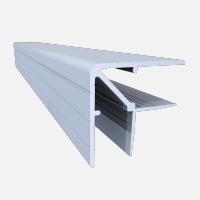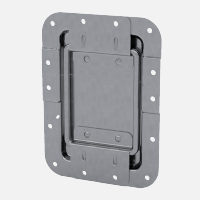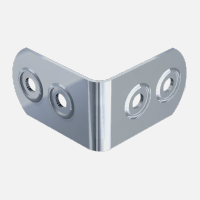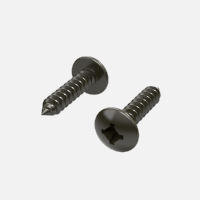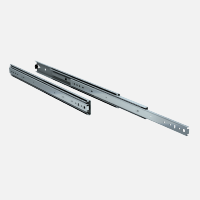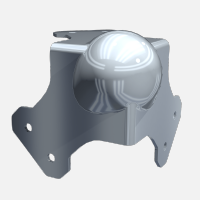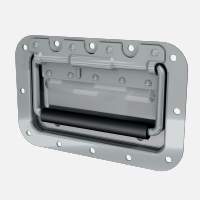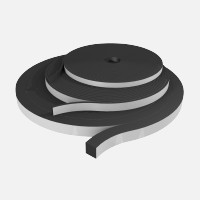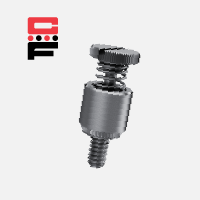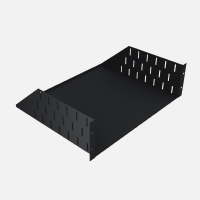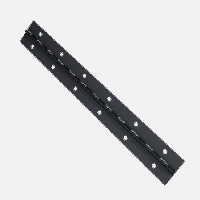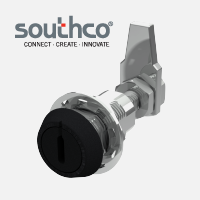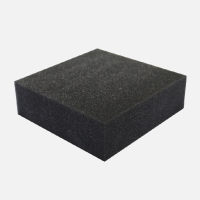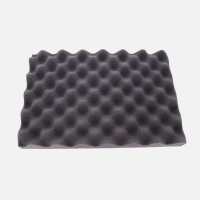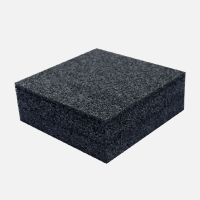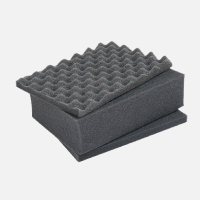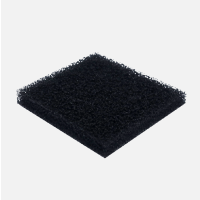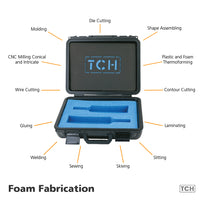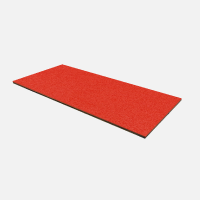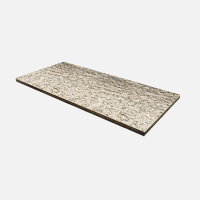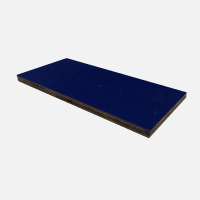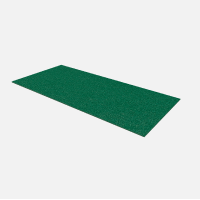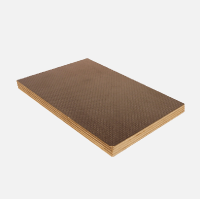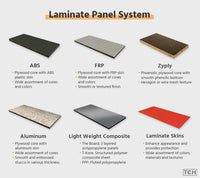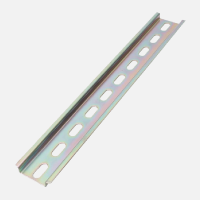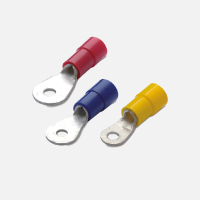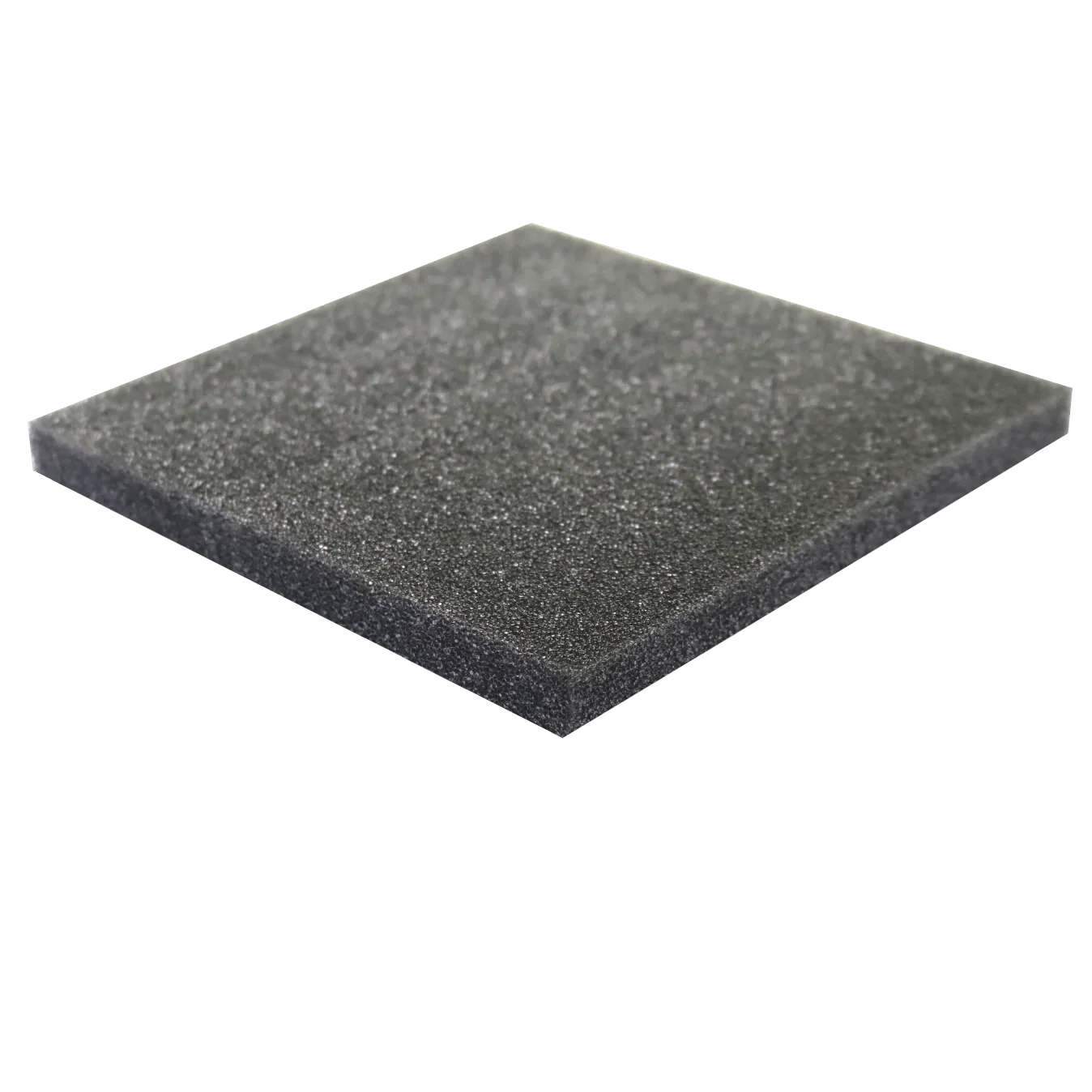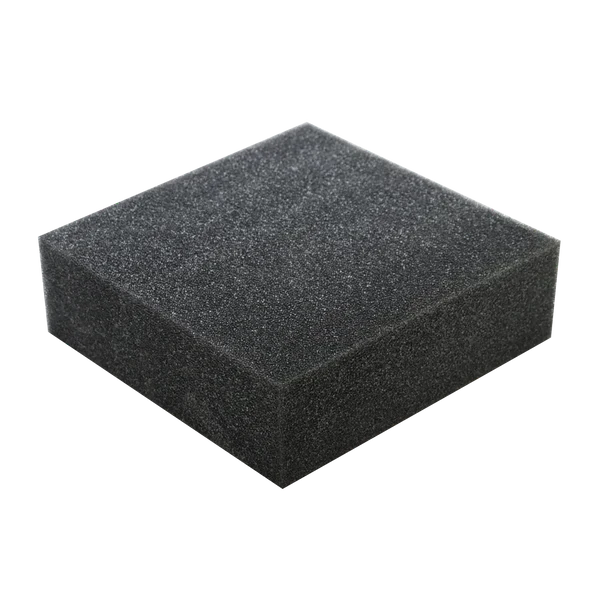Gasketing:
Gaskets play a crucial role in industrial systems by creating a seal between components, such as pipes and mechanical assemblies. While it's essential to tightly join surfaces like pipe faces, achieving perfectly smooth junctions during manufacturing is unattainable. Moreover, corrosion over time can create irregularities. Gaskets address this issue by maintaining a tight seal between components, ensuring steady and effective performance across diverse operating conditions.
A gasket is a thin piece that creates a seal between two more significant mechanical parts. These gaskets come in various shapes and sizes, from straightforward O-rings to intricate designs with multiple openings in different forms. Although their strategies may vary, the primary purpose of most gaskets is to seal pipes and prevent fluid leaks. They can also serve other roles, such as reducing noise and vibration or maintaining specific compression levels within a system.
Gaskets are typically made from more pliable materials than the sealing components. These materials can range from elastomers to softer metals. The essential characteristic of a gasket material is its ability to conform to the surfaces it seals, compensating for any surface imperfections to ensure a secure seal when the gasket is compressed.
Properties of a Gasket
The perfect gasket should do more than seal; it must also guard against corrosion. It must be tough to withstand wear and tear, vibrations, impacts, and extreme temperatures.
The best material for this purpose would be flexible yet strong, with a low density and high tensile strength. These materials typically exhibit chemical resistance and can endure internal pressure and long-term use.
However, the critical attribute of any gasket is its strength. Your gaskets must be robust enough to handle pressure without warping under normal operating conditions, ensuring they maintain an effective seal over an extended period.
What is the best foam for gaskets?
Choosing the proper foam for gasket applications hinges on the specific needs and conditions of the use case. Gasket foams are engineered to seal and isolate between connecting surfaces while dampening vibration and minimizing noise.
Various foam gaskets exist, such as polyester, polyurethane, and rubber-based foams, each with distinct characteristics for particular uses.
Before understanding the similarities and differences between open and closed-cell foam as gaskets, we must first comprehend their formation process.
Foams originate from heating and chemically expanding a solid, forming gas-filled bubbles within the solid's cells. The behavior of these bubbles during expansion is critical in determining the foam type.
Specifically, if the cells of the solid expand and burst, open-cell foam is produced. Conversely, if the cells enlarge without bursting, closed-cell foam is formed. Additionally, it's noteworthy that both foam types can vary in thickness.
Our specialist, Mike Bryant, likens this process to cake baking. He explains that similar to combining certain chemicals with a rising agent in cake baking, which then expands in the oven, a blowing agent is added to the plastic chemicals. Heat heating increases gas bubbles within the plastic, forming foam.
This analogy, while not implying the foam is edible like a cake, offers an accessible comparison for understanding foam formation. Comprehending this process is fundamental to appreciating the distinctions between open and closed-cell foams, including their distinct properties.
While distinct from open-cell foam, closed-cell foam is equally versatile and suited for various applications.The unique structure of closed-cell foam, with its expanded yet intact cells, results in a higher compression set. This characteristic means it may not fully recover its original thickness under prolonged compression or heavy loads.
However, the closed-cell construction contributes to a firmer, more robust gasket material.Additionally, the impenetrable cells in closed-cell foam enhance its water resistance, making it ideal for outdoor equipment or items likely to face environmental exposure.
Given its more rigid and durable qualities, closed-cell foam has extensive applications in electrical manufacturing, demonstrating its utility across diverse scenarios.
The adaptability of open-cell foams is a crucial advantage, yet they're only sometimes applicable. For instance, as a gasket sandwiched between two hefty metal sheets, open-cell foam may compress excessively and lose effectiveness. In contrast, closed-cell foam retains a degree of resistance in similar scenarios, making it preferable for tasks demanding material strength.
Their durability against wear and environmental impact is crucial when evaluating open-cell versus closed-cell foams for gaskets. Both foam types can be adapted to function within similar temperature ranges, but they respond differently to elements like water and air.
Open-cell foams offer substantial resistance to dust and debris, yet they falter in water resistance. On the other hand, closed-cell foams excel in resisting both water and dust, presenting a more robust option for various environmental conditions.
Polyester foam gaskets excel in environments with high temperatures and pressures. Constructed from reinforced polyester fibers, they offer superior compressive strength and durability, making them ideal for automotive and industrial uses where sealing efficacy and longevity are paramount.
Polyurethane foam gaskets stand out for their exceptional sealing capabilities and resistance to chemicals and solvents. They are particularly suitable for industries like food and beverage or pharmaceuticals, where seal integrity is crucial. These gaskets also perform well under high pressure and temperature conditions.
Rubber-based foam gaskets are effective in sealing and resistant to oils, fuels, and chemicals. These are commonly employed in sectors like automotive and aviation, especially where exposure to such substances is frequent. They are also apt for use in colder environments.
When selecting a foam for gaskets, key considerations include the operating temperature and pressure, exposure to chemicals or solvents, and the nature of the surfaces to be sealed. The ideal foam should have the proper density, compressibility, and resilience to fill effectively while absorbing vibrations and reducing noise.
The compatibility of the foam with the surfaces it will contact is also crucial. Sometimes, a primer or adhesive might be necessary for optimal bonding and sealing. Moreover, the foam should withstand environmental factors like extreme temperatures, UV radiation, or humidity.
The optimal foam for gaskets varies based on specific application needs. Factors such as operating conditions, surface types, and desired sealing performance are vital in choosing the most suitable foam for effective gasket sealing.
You may also like:





